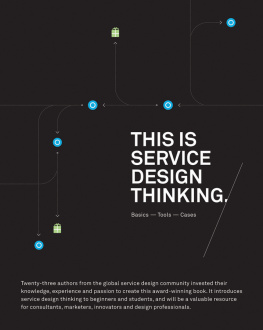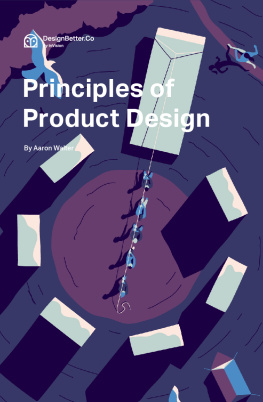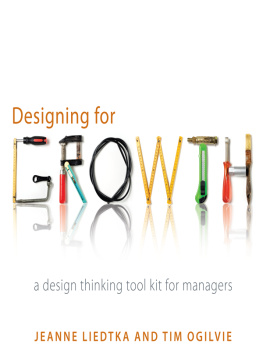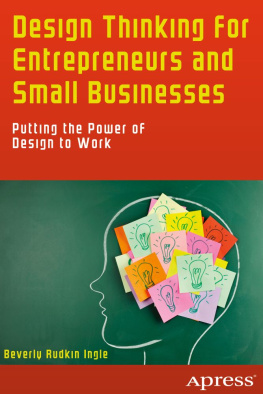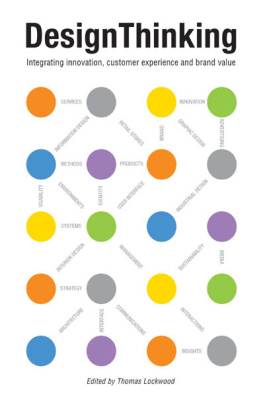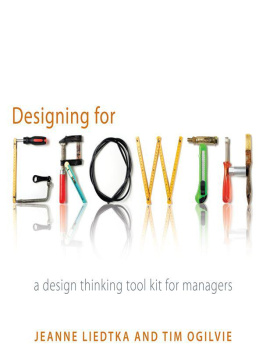Copyright 2017 Brandon Gillespie.
All rights reserved. No part of this publication may be reproduced, distributed, or transmitted in any form or by any means, including photocopying, recording, or other electronic or mechanical methods, without the prior written permission of the publisher, except in the case of brief quotations embodied in critical reviews and certain other noncommercial uses permitted by copyright law. For permission requests, write to the publisher, addressed Attention: Permissions Coordinator, at the address below.
sales@revenant.press
https://revenant.press/
The characters and events portrayed in this book are fictitious. Any similarity to real persons, living or dead, is purely coincidental and not intended by the author.
Revenant Press and the R Logo are Trademarks of Protos, LLC
Quantity sales. Special discounts are available on quantity purchases by corporations, associations, and others. For details, contact the publisher at the address above.
Editorial Services by Heather Monson.
Cover by Gary Wilkerson.
Gillespie, Brandon.
Activator: Success in the Tech Industry with Design Thinking / Brandon Gillespie.
First Printing, First Edition, February 2017
ISBN 978-0-6928471-5-2 Paperback
ISBN 978-0-9987499-0-7 Hardback
ISBN 978-0-9987499-1-4 ePub
Activator
Success in the Tech Industry with Design Thinking
Preface
There is nothing noble in being superior to your fellow man; true nobility is being superior to your former self.
- Ernest Hemingway
Many readers have asked if I worked at the same places they do, because the stories shown herein seem so familiar. The reason is because we all often repeat similar patterns.
Ultimately, this book is about change. But change can only happen within, so this book is ultimately about changing ourselves, not others. James Allen, a western philosopher, aptly described this process by stating, you will become as small as your controlling desire; as great as you dominant aspiration.
I challenge you to consider yourself carefully as you read this book. The last thing any of us wishes to do is admit to having fear, but this is the start of recognizing how we can change ourselves. Acknowledging the fear we each hold is the first step leading to self improvement. It is a choice we must make internally, by recognizing what is inside us that can use improvement, and then focusing upon making it better.
These challenges are things that come at us every day, and frankly we never do fully overcome them. But as we aspire to do better each day, we do improve, if only slightly. I often have to refer back to the principles described herein to remind myself of their importance. Something in our natures drives us to forget what elevates us, and leads us into baser habits.
I hope others find these principles as valuable as I have found them in my career.
The Problem
We cannot solve our problems with the same thinking we used when we created them.
- Albert Einstein
If you were to ask someone in IT to build a house, they likely would start with the second-floor bathroom, regardless of the fact that there is no first floor. We have developed a curious ability to find something interesting in a project and to focus on it first, without necessarily considering the context of everything else that is needed for complete success.
This is compounded by how quickly technology changes, meaning many projects are left unfinished.
Consider a world where people move into houses still under construction, at least half of which are never finished, and when one actually is, we soon tear it down.
That is Information Technology.
Before we can discuss how to improve, lets review some of the unique challenges we face.
Rapid Technology Innovation
The high rate of change sets the technology industry apart from all others. What is new today is old hat in a matter of years. This is true with consumer devices, as well as the expensive enterprise systems that drive the backbone of the worlds computing systems. Multi-million dollar investments are made each year, with an expected lifespan of three to five years. How different would things be if we did the same with our housesexpecting to get the full value within a few years, after which we tore it to the ground and found a replacement.
I know of no other industry where a major investment is discarded and replaced so quickly. We tolerate this because the needs being met by the new technology are so valuable that they become critical to our plans, sometimes before they are even implemented. The technology that makes it into common use, however fractional, is often already obsolete, sometimes at just the point when we finally understand how to use it best. With such short life cycles, this dilemma has become perpetual.
Should we discard a partial investment and go to something new, or continue to hack away at something we know is already halfway into its grave?
A great example of this is server automation and the emerging world of containers. The industry just came to grips with how to automate and manage serversor to use a car analogy: a robotic repair shop, making it easier and cheaper to do maintenance and updates. But just as this technology is coming into its own, along come containers. These are encapsulated vehicles that can be created easily, with little effort, and since they are so easy to create, there is no reason to maintain themsimply discard when finished. Suddenly, the investment in server automation seems wasted. People who spent years learning the inner workings of these automation frameworks (Puppet, Salt, Ansible, Chef, etc.) are now trying to figure out how to leverage these frameworks in containerswhen the simple answer is dont! The world has changed, at just the point when it seemed to stabilize.
This rate of change creates an atmosphere of severe anxiety for anyone willing to admit it: How is it possible to understand the new technology, when it grows in complexity with every iteration, and each new release means everything we used to know is rendered useless? Because of this, it has become acceptable to ignore the big picture in order to cope with the immediate challenge. We just pick smaller pieces that make sense to us, and we focus on those fractions, while telling ourselves we are helping our customer.
The customer needs a second floor bathroom, right? Pay no mind to the missing first floor.
This environment of rapid technology change has fostered an attitude that partial success is okay. Within an organization, projects frequently spin up in competition with each other, only to be shut down and discarded before completion.
Simply put, the complexity of the industry multiplies so fast that we fear being able to understand everything, so we focus on the parts we know or can understand, just to keep sanebut this makes it difficult for us to design a truly strategic solution to meet our needs.
The rapid rate of technology change creates an almost-impossible task, and the innate fear that we each have around what we know and understand becomes a subtext to our entire approach.
Fear comes from so much more than the rate of change in technology. As a species, we are driven by our fears. Feelings deeper than thoughts motivate most of our actions, such as: am I able to provide for my family? Can I pay rent this month? How can I protect my children? Am I appreciated? What if I screw up? Did I hurt his feelings?
We fear that the little knowledge we do hold is suddenly obsolete, meaning we are no longer valuable to our organization. These fears bind us and drive every bit of our behavior.
Some cope with this by either focusing on specific technology disciplines (silos of knowledge), where others give up and join management, deferring the fear to other people. Whatever the reason, it is a fear of becoming obsolete, and in IT this obsolescence is calculated as a matter of a few years.
Next page

